
WORKBOOK for faster Go-To-Market
(Packaging Design)
This contribution of mine was made toward Desworks, a Mumbai based packaging design team of Bizongo as a Senior Manager for the design team. With products (packaging) launches, it's crucial to be in the market at the right time. This process can be fairly tedious considering the no. of stakeholders, audience dynamics, cost and the steps in between.

This workbook will decode all the steps and leave you with hacks and templates whether you are a designer, brand manager, marketing manager or from the legal involved in a packaging/brand launch. Workflow below was implemented by Bizongo in 50+ projects which experienced a faster Go-To-Market by 26%. There are pre-requisites and checklists for each stage of the project to ensure you have everything covered
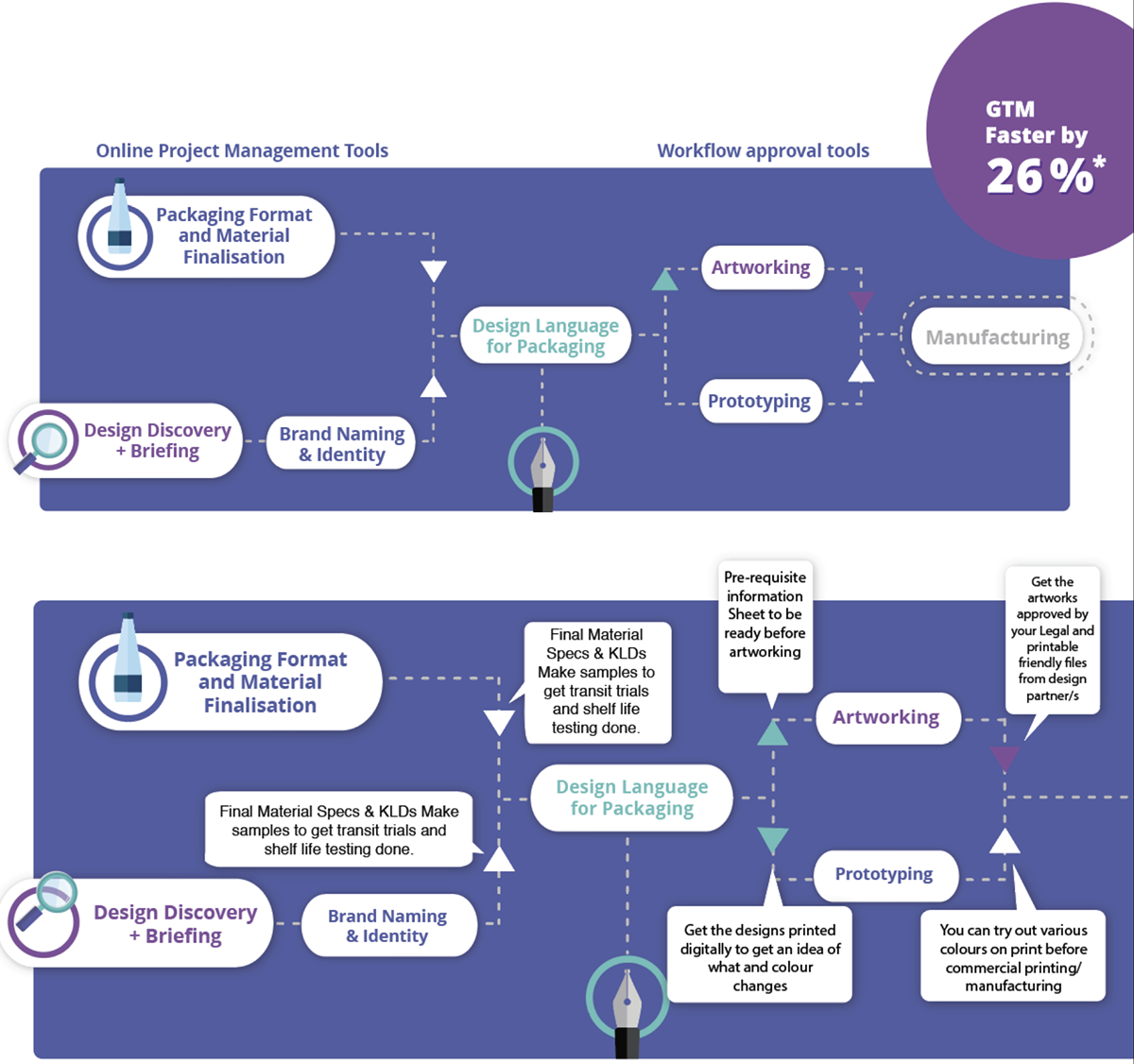
DESIGN DISCOVERY
3C Checklist
(Consumer, Category & Competition)
Understanding consumer behavior looks at how individuals select and use products and services. Understanding consumers holistically can be key to success. It is a broad and complicated task, but with the right research mix you can begin to get a detailed understanding of your customers and their motivations.

• Are you selling to consumers or businesses?
• What are the personal demographics
• Are they primarily male / female / both?
• How old are they? (Age bracket only)
• What type of job roles or titles do they typically have?
• Where are they located? How will their location make a difference in them buying the product?
• Bucket them into personality types
• Do they currently use (or support) a product or service of your organization or that of a similar organization?
• How much are they prepared to pay and how often? • Which section of society does your target group belong to?
• What is your target audience’s most basic problem, that you have the solution for?
• What are the reasons why these specific groups of people (or businesses) will buy from you?
• What purchasing channels do they prefer to use? For example, traditional shops, market stalls or online stores?
• How do they find out about suppliers such as your business?
• Do they read local newspapers, magazines or journals, or will they look online to find suppliers?
• What volumes of your product will they purchase?
• Who makes the buying decision? For example, are the parents who pay for children's clothes the decision makers, or are the decision makers the children who will wear the items?
• What language should you use to appeal to this audience? Adding some qualitative data in form of quotes can really help to bring the brand persona to life and remind you there are real people behind these aggregated models
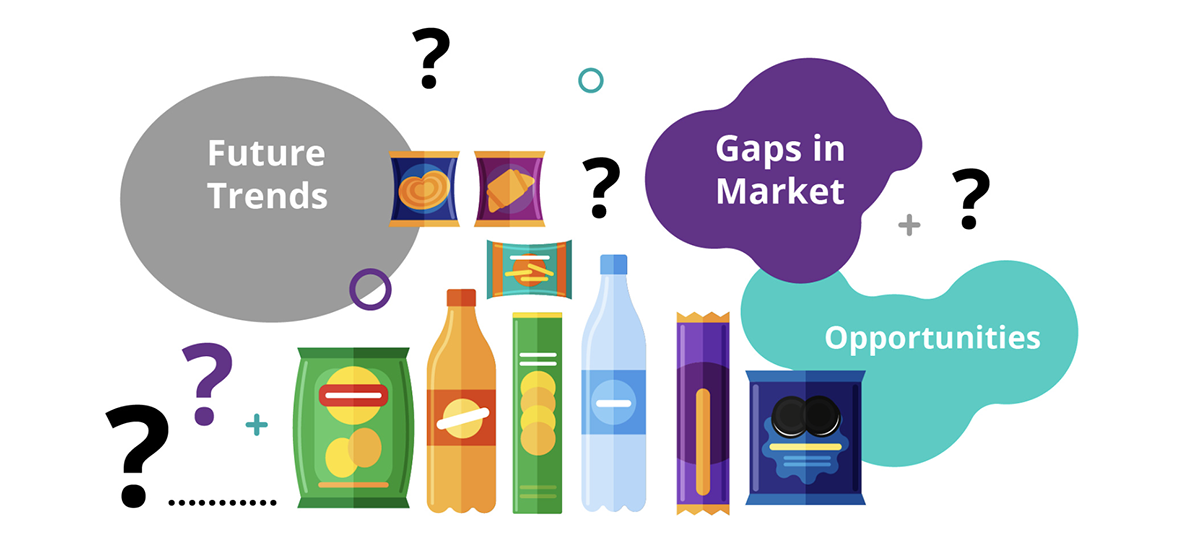
There’s no mistaking the impact that digitalization and personalization trends are having on the consumer’s path to purchase. With convenience and preference driving behaviors and the paths consumers take to the purchase—whether virtual or traditional—it’s vital for brands and retailers to understand how is the market being influenced by their choices. It’s also essential to understand how categories perform relative to others.
Category study is all about identifying and forecasting market trends. Monitor key trend resources to identify:
• What cultural, economic or social trends could affect this category?
• Is your category market expanding or declining or stagnant?
• Are there any gaps in this category that you believe your product fills?
• What is the general market opinion, typically available via online forums?
• How much demand will there be for your product or service?
• Are there any outstanding category cues (visual) that you can recognise?
• Is there a genuine market for your business idea?
• How much demand will there be for your product or service? • What trends currently affect your market sector? • Are there any potential business partners you could collaborate with?
• What market or business regulations do you need to comply with?
• What are the price trends and margins familiar to the category?
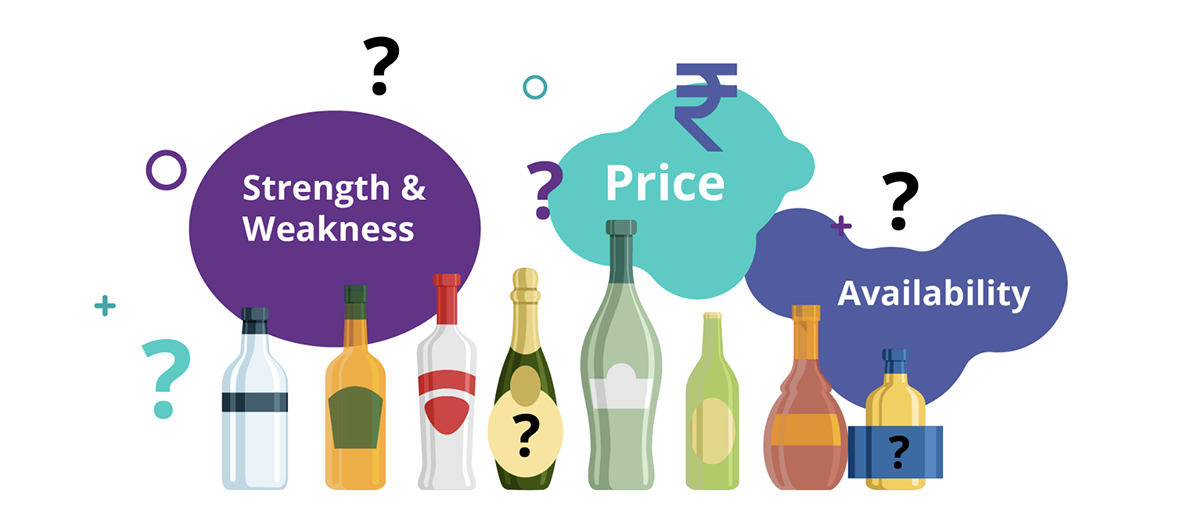
Getting to know your competitor’s strengths and weaknesses is the foundation on which to base good strategy. This can provide useful information about consumers that are shopping in your vertical but don’t buy from your brand. Routinely monitor your competition and watch for any advertising, brochures or updates to website. Use data to observe who they are targeting and the techniques they are using and list the areas that you can and cannot compete.
• Who are your competitors, and how many do you have?
• How long have they been in the market?
• What do your competitors sell, and how do they price and promote their products?
• Which section of the market do they supply? For example, do they offer top-quality, expensive products to a niche market or cheaper lines in greater volumes to a wider market?
• Who are their target customers?
• What distribution channels do your competitors use? For example, shops, mobile services or online sales?
• What are your competitors' unique selling point, and how can you make your product different from theirs?
• What image do your competitors have in the market (in relation to quality, reliability, and also what colour schemes and logos they use to reinforce their marketing message)?
• How detailed are their product descriptors? What information do they include? What information is missing?
• Perform SWOT analysis to analyse their strengths, weaknesses, opportunities and threats?
• Map each competition on a scale relevant to the industry
• What is the competition’s packaging architecture?
PACKAGING GRAPHICS WORKFLOW
Brand Strategy to Label Graphics
This workflow has been customized precisely for instances while crafting a brand from scratch till the final label is designed. Feel free to further customize the same for niche scenarios.
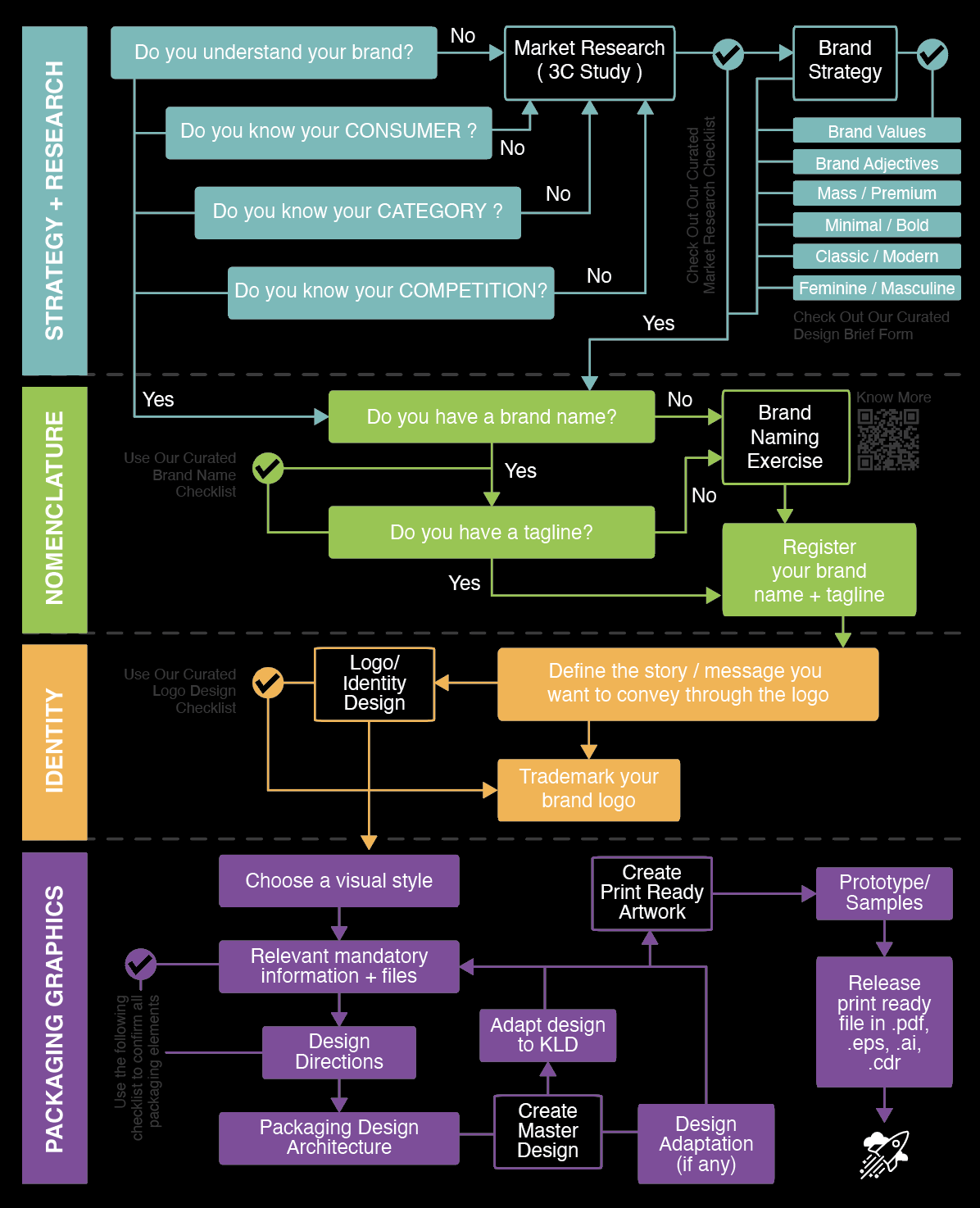
UNDERSTANDING YOUR BRAND + LOGO
Brand Strategy to Label Graphics
Great creative projects start with a great design brief. A design brief establishes clear expectations between you as a business owner and me/us as design experts. The more detail the below brief decoder is filled in with, the more it gets the design wheel rolling and helps designers like us strategize, visualize and empathize with your vision and go-to-market faster and stronger.
The visual and famous examples of brands mentioned the brief decoder help craft a detailed output because of easier understanding from clients as well as designers. Feel free to customize the examples basis region and category the product you are designing for increased relevance.
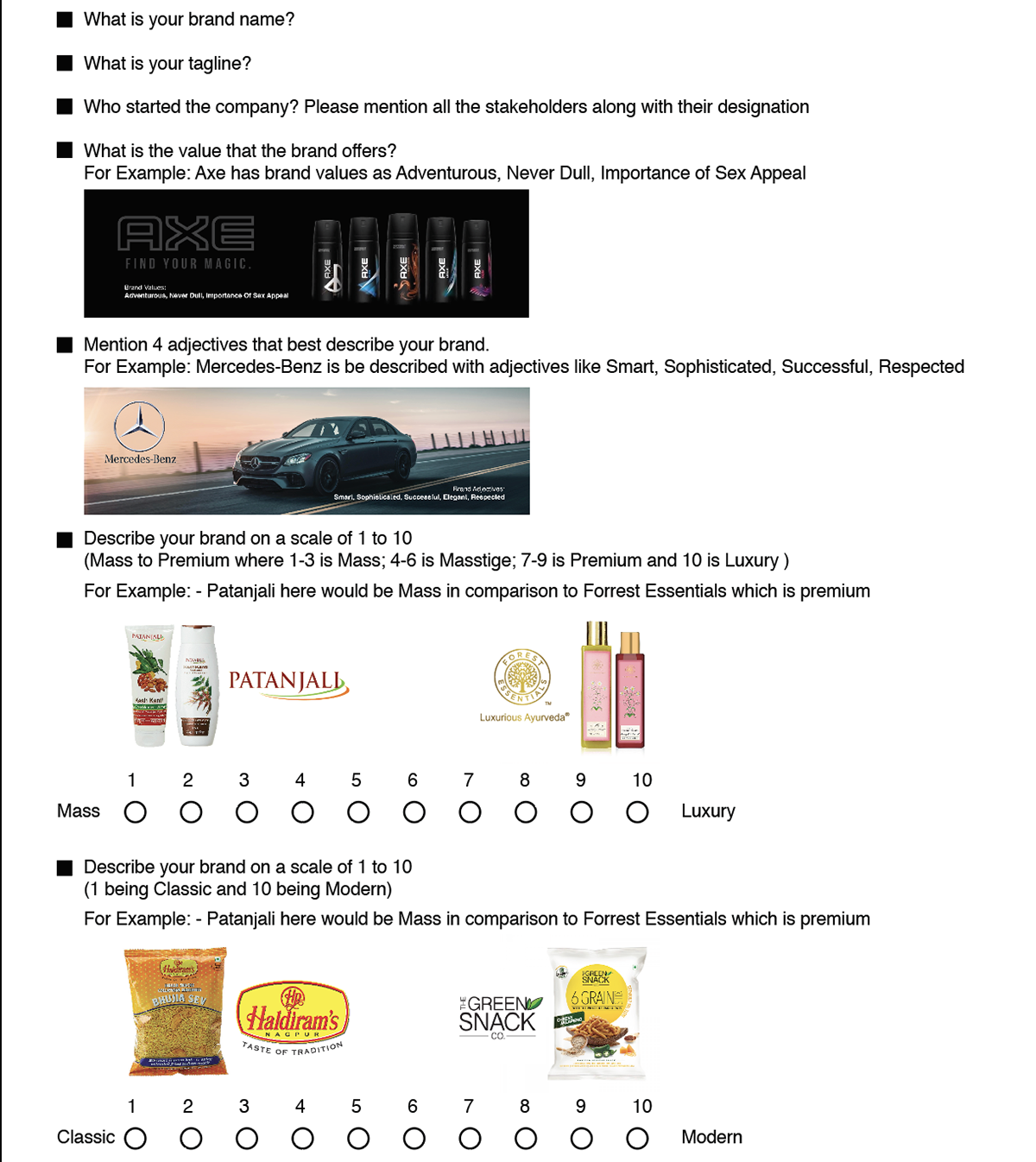
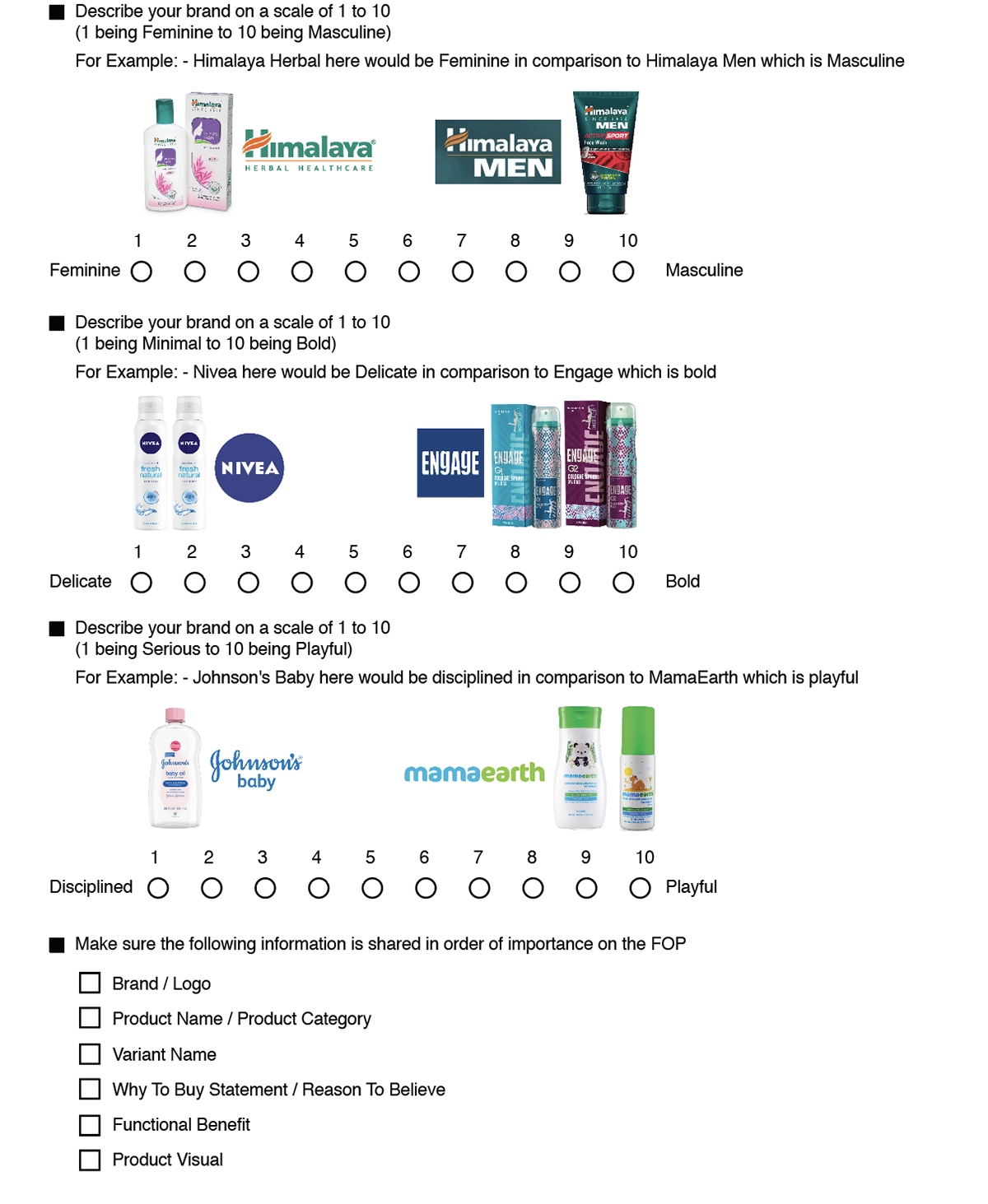
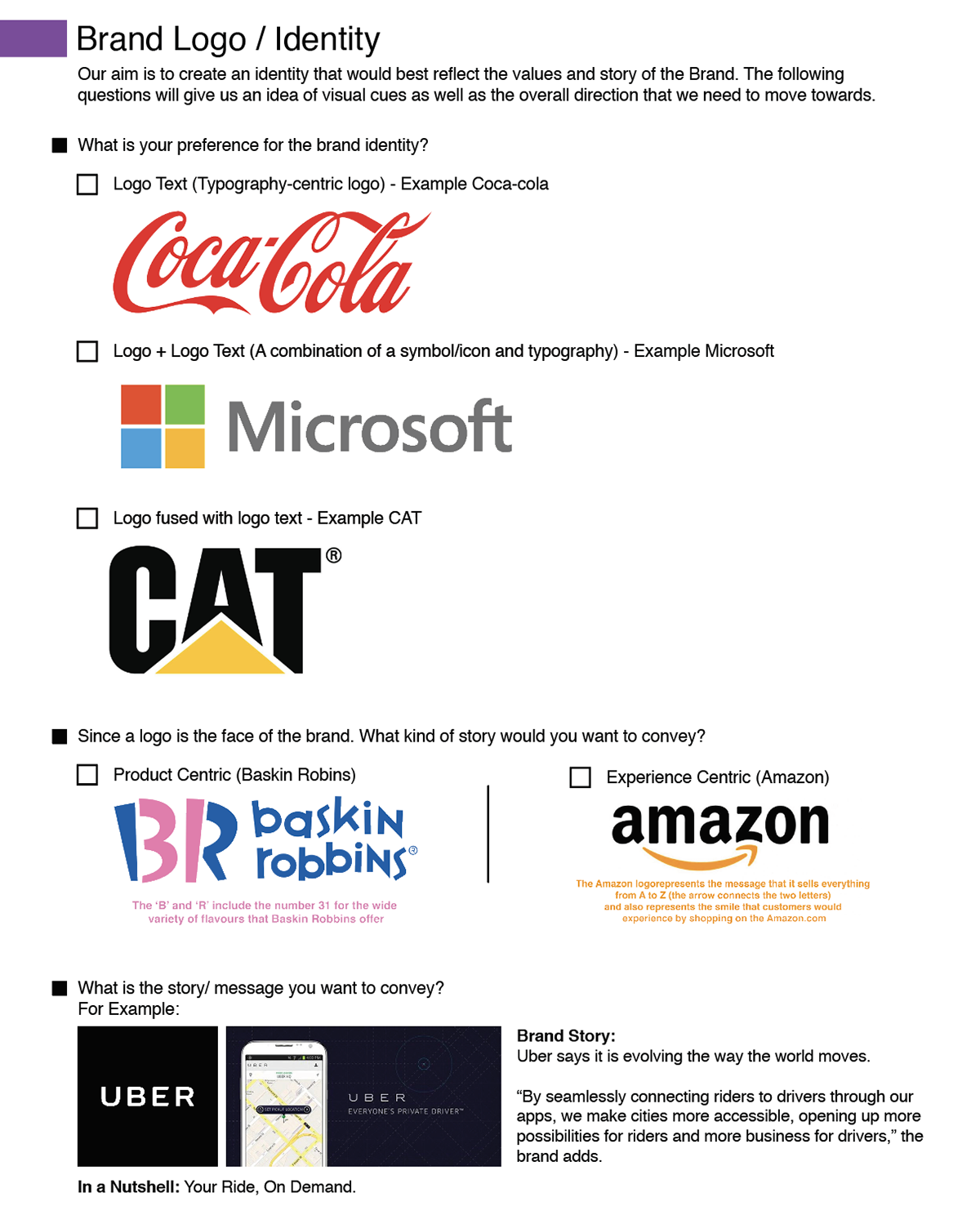
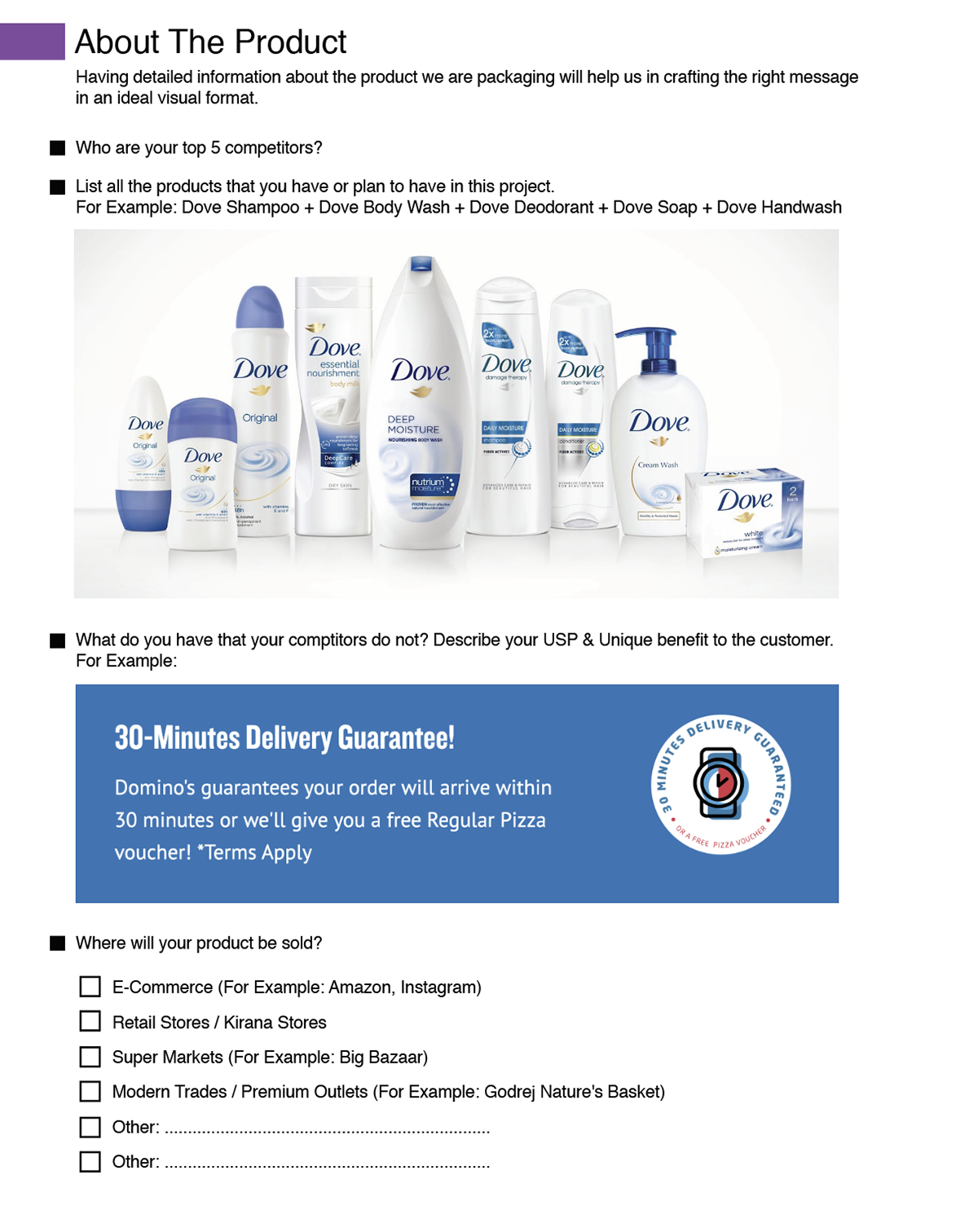
LEGAL MANDATES for Label Design
Brand Strategy to Label Graphics
The link between food packaging and consumer protection is of high significance. A package is a vehicle of safety and achieves the objective of delivering safe, wholesome, nutritious food to the consumer. To safeguard the interests of the consumer and the society at large, packaging Laws and Regulations have been introduced by the Government.
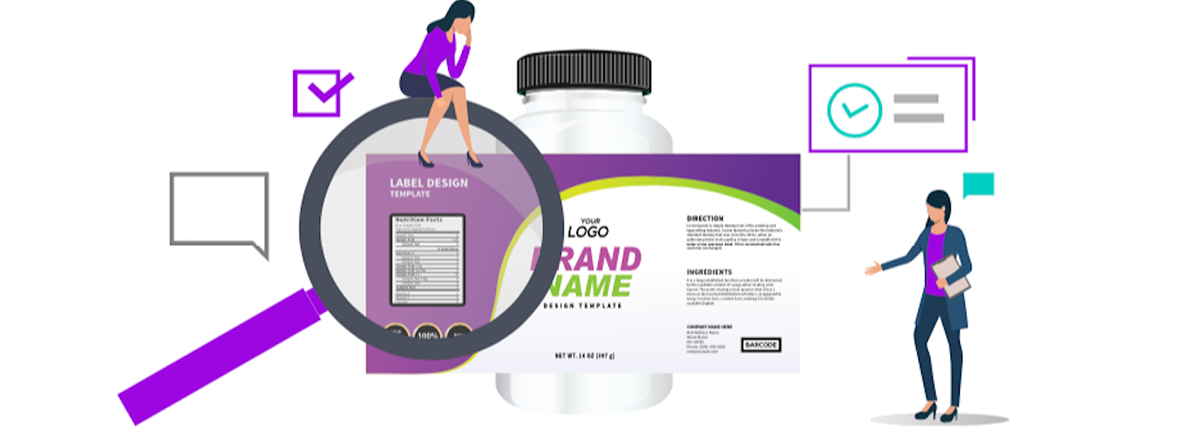
Once you’ve taken care of the advertising and persuasion, you have to make room on the package for the required components of food packaging:
Once you’ve taken care of the advertising and persuasion, you have to make room on the package for the required components of food packaging:
• Nutrition Facts: The nutrition facts panel helps the shopper determine if this food product meets their nutritional preferences or needs.
• Ingredients: This should be right below the nutrition facts panel, listing the ingredients by weight, from the most to the least.
• Warnings: With the increasing prevalence of food allergies, it is very important to list any potential allergens in your product, be it peanuts, gluten, or shellfish. However, you can also add an extra selling point by indicating that the food is free of a certain common allergen!
• Volume and Weight: The shopper needs to know the volume or weight of the product to help her make an informed decision about which brand is the best deal.
• Barcode: The scanner code is now a basic essential on food packaging, with even small local stores switching to scanner technology. Make sure that it is big enough, and placed on as flat a plane as possible, for ease of scanning. https://www.gs1.org/
• Country of Origin: The place where the actual food comes from may not be the same as the location of the company. Let the shopper know where the food was grown!
• Certifications: Is this product Certified Organic? Fair Trade? Kosher or Halal? These are key selling points for many consumers!
• Directions: To ensure repeat sales, when a product needs to be prepared, make sure that the buyer knows how to cook it to achieve the best results.
• Recycling: Shoppers may make a decision based on how much packaging they have to get rid of, or if it can be recycled.
• Contact Information & QR code: Include address, phone number, website to make it easy for customers to get in touch. Using a QR code can let the shopper access more information on the product right in the grocery aisle!
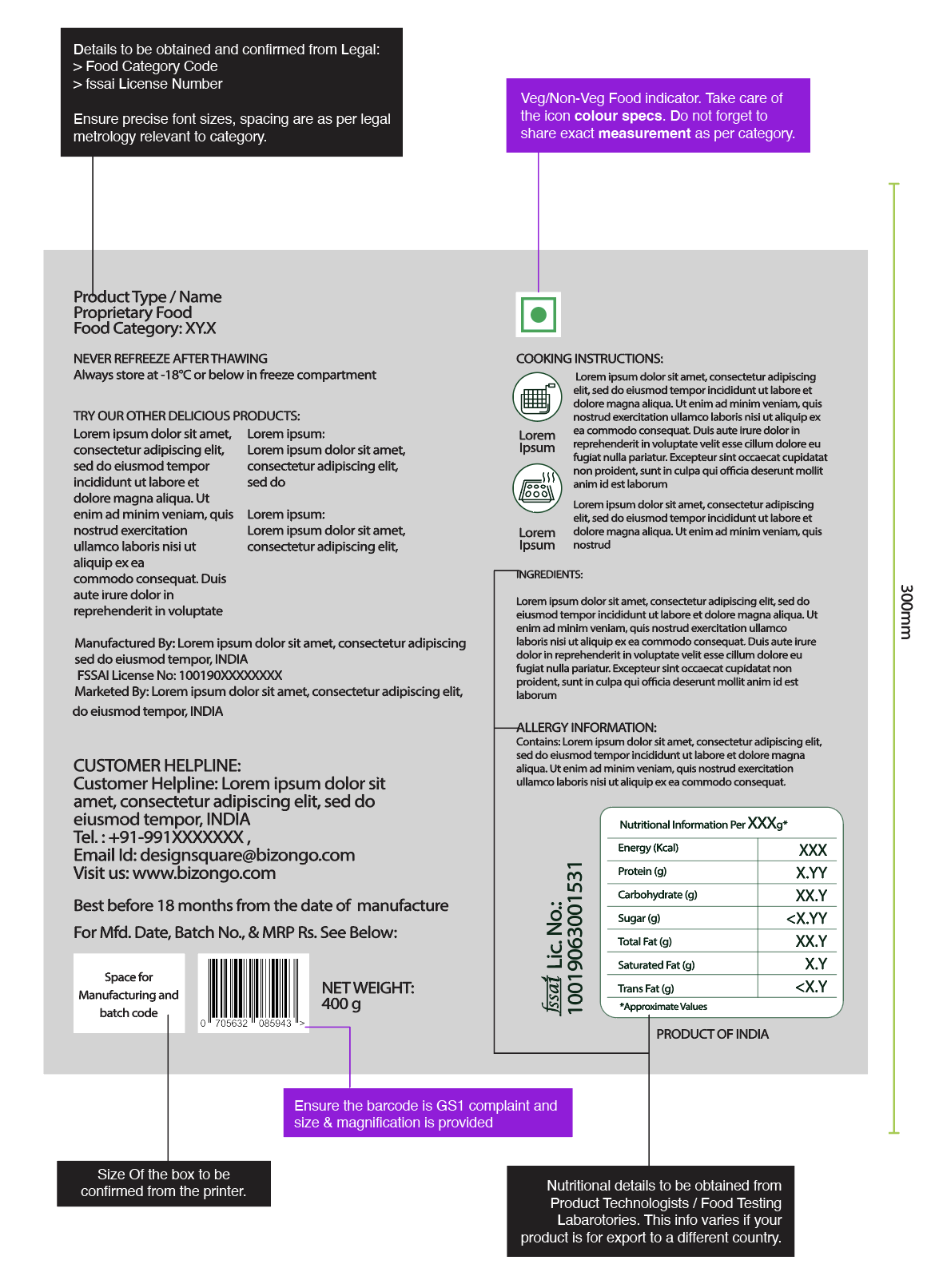
Various parts of the workbook go through continuous improvement as and when I discover steps, hacks and macro processes during my career as per the unique design challenges thrown at me. How this helps you as it helped me make my design team 2X efficient and clients happier with faster go-to-market.
Happy Packaging !




